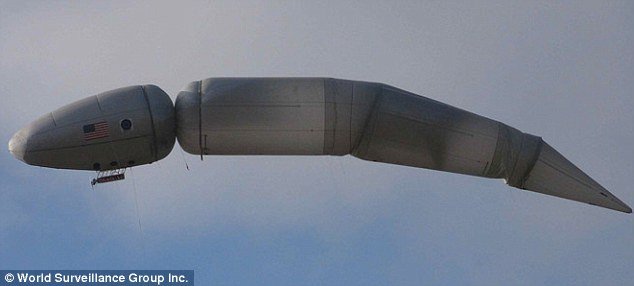Argus One, the “Flying Sperm” spy plane from Pentagon
Argus One is the Pentagon’s newest unmanned spy plane, which cheeky observers are already calling it the “Flying Sperm”.
The Argus One has the capacity to carry 30 pounds of high tech sensors and cameras and the ability to hover over remote locations between 10,000 and 20,000 feet, even in rough weather.
The suspect design has been attributed to improved “flight stability and aerodynamic control” as well as giving the aircraft a longer flight time.
The spy plane, named after the Greek god Argus who was the all seeing god with one hundred eyes, is designed to be an “eye in the sky” even in very remote areas.

The Argus One has the capacity to carry 30 pounds of high tech sensors and cameras and the ability to hover over remote locations between 10,000 and 20,000 feet, even in rough weather
The aircraft was created by the World Surveillance Group Inc (WSGI) for the Pentagon and is now being tested at an undisclosed location.
“The Argus One has a low radar footprint making it virtual stealth since the payload bay located on the forward module of the airship is the only radar reflecting material on the airship,” a statement from WSGI said.
The aircraft’s “flexible, non-rigid” body also makes for easy storage and transportation.
Argus One can be assembled and launched in hours from virtually anywhere, including remote, mountainous territory.
The device has been especially designed to meet the requirements of U.S. military and other governmental agencies.
It can also wirelessly transmit critical live video and other information directly to a ground control station or system.
The ground control system also allows the operator to control Argus One either manually or remotely by programming it for GPS–based autonomous navigation.
